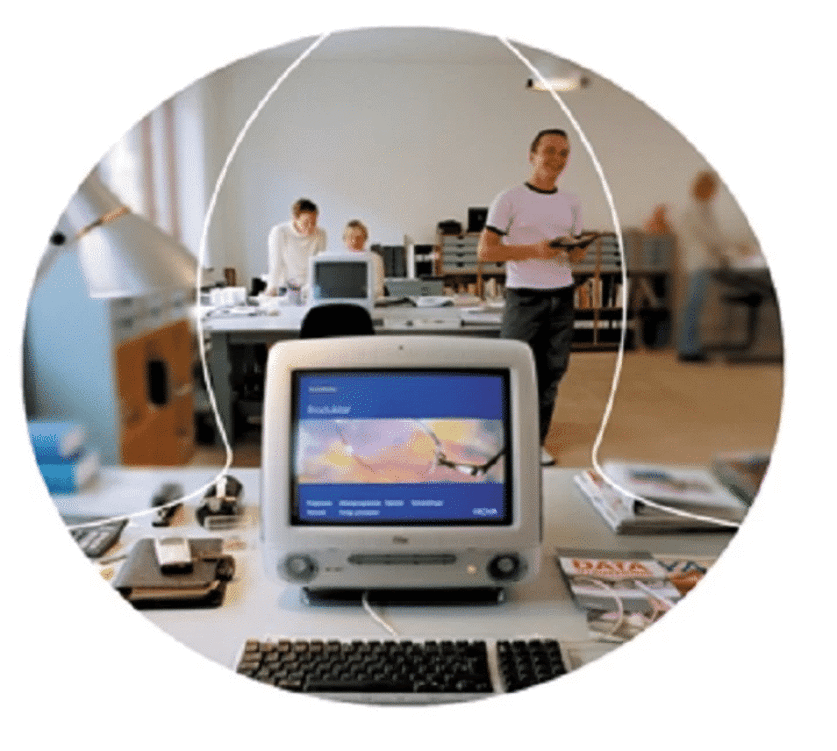Occupational lenses – sometimes referred to as computer glasses – are designed to help people relieve eye fatigue and enhance their vision following the prolonged used of technology.
What exactly are these lenses and how do they differ to varifocal lenses? We take a look in more detail below…
What are occupational (degressive) lenses?
Occupational/degressive lenses are widely used terms to refer to varifocal/progressive lenses specifically designed for use in limited workspaces.
These categories of lenses are guaranteed to provide a very clear vision for the computer and near work, but for distances no further than 4 meters at the most.
They generally provide drastically wider visual corridors than traditional varifocal lenses. As a result, the distance field of vision is highly restricted allowing the computer and near regions to be maximised in comfort and clarity.

Are occupational lenses any good?
With increasing demand working within smaller environments, these lenses are becoming ‘first choice’ in delivering a much more enhanced visual experience.
Generally, a selection of lenses is available offering quality vision at differing working distances offering maximum comfort and clarity.
What are varifocal lenses?
Progressive power lenses (PPL), commonly known as ‘varifocal’ lenses are generally recommended by optometrists and dispensing opticians when you have a two prescription requirement. Typically, one for distance vision and one for near vision.
Varifocal lenses are designed in a manner that they have a gradual change incorporated into the strength of the prescription from the top of the lens where the distance portion is set, to the bottom with multiple focal points allowing you to see clearly at all distances through just a single lens.
This effectively means that you don’t need to purchase two pairs of glasses for two different distances.
Adjusting to varifocals? Read our tips to better vision.
In comparison to traditional bifocals, they don’t contain a reading segment as such with a visible dividing line. This eliminates ‘jump’ (difference in sudden magnification between focal lengths) from within the lens which makes them much more functional and cosmetically pleasing.
Also, they disguise age very well as onlookers cannot tell the type of lens you’re wearing.
How do varifocals compare to occupational lenses?
The majority of patients find that they love the comfort of their varifocal lenses for their day to day living. It gives them immense comfort in all their viewing distances without having to alternate between a second or third pair in order to view objects at differing distances.
However, as working environments have evolved with increased use of computers, occupational lenses are also recommended by optometrists and dispensing opticians to enhance visual performance, minimise tired eyes and fatigue when at work.
—
Not sure whether you need occupational lenses at work or varifocials?
If you have any questions about your vision or the health of your eyes, book an appointment with your local independent optician who will be happy to help you achieve comfortable vision.






